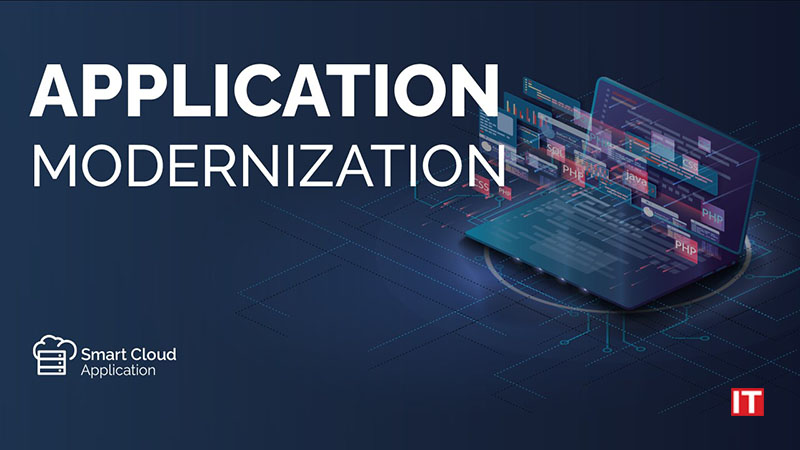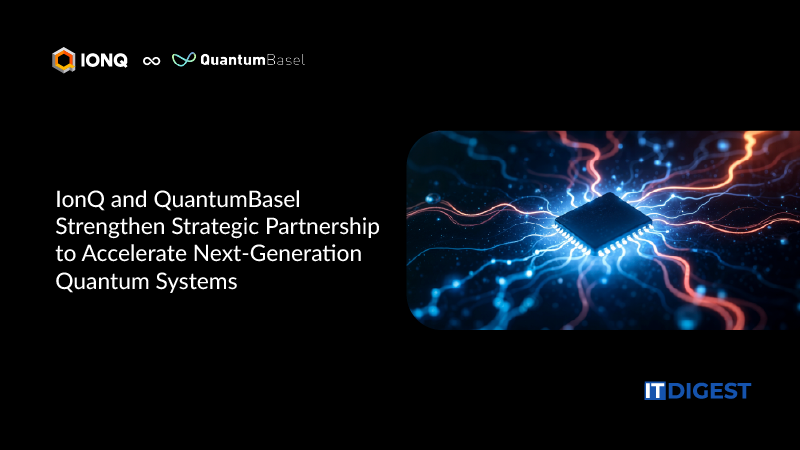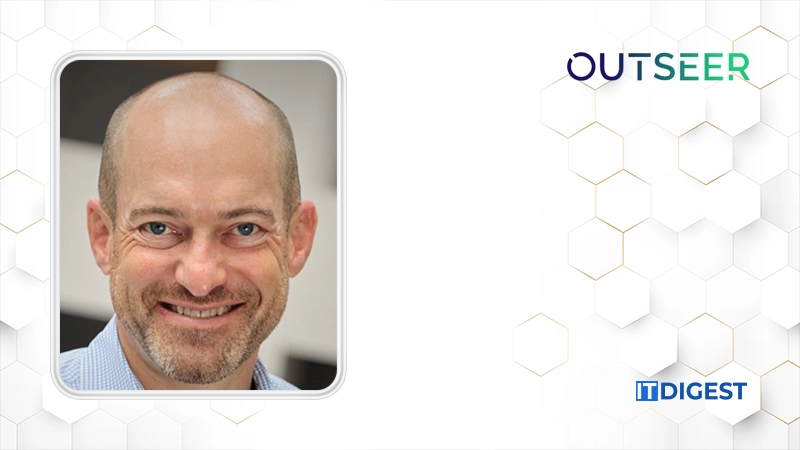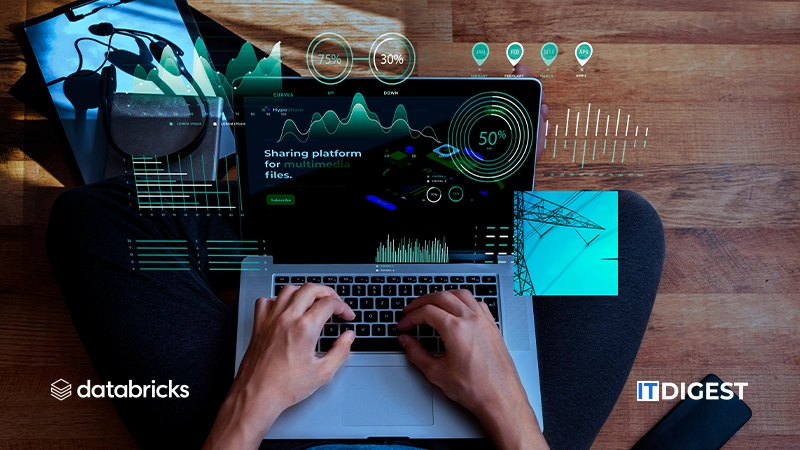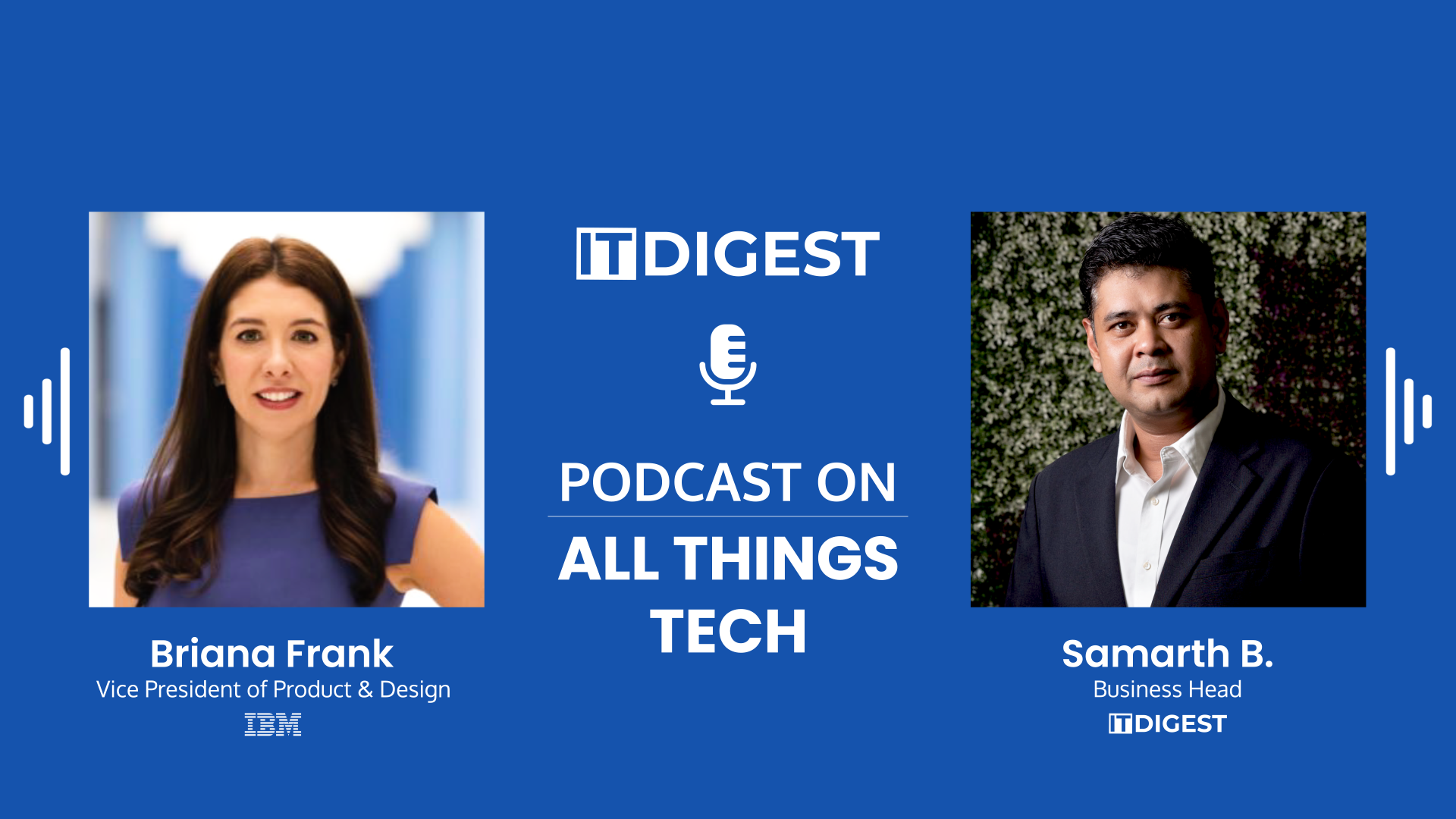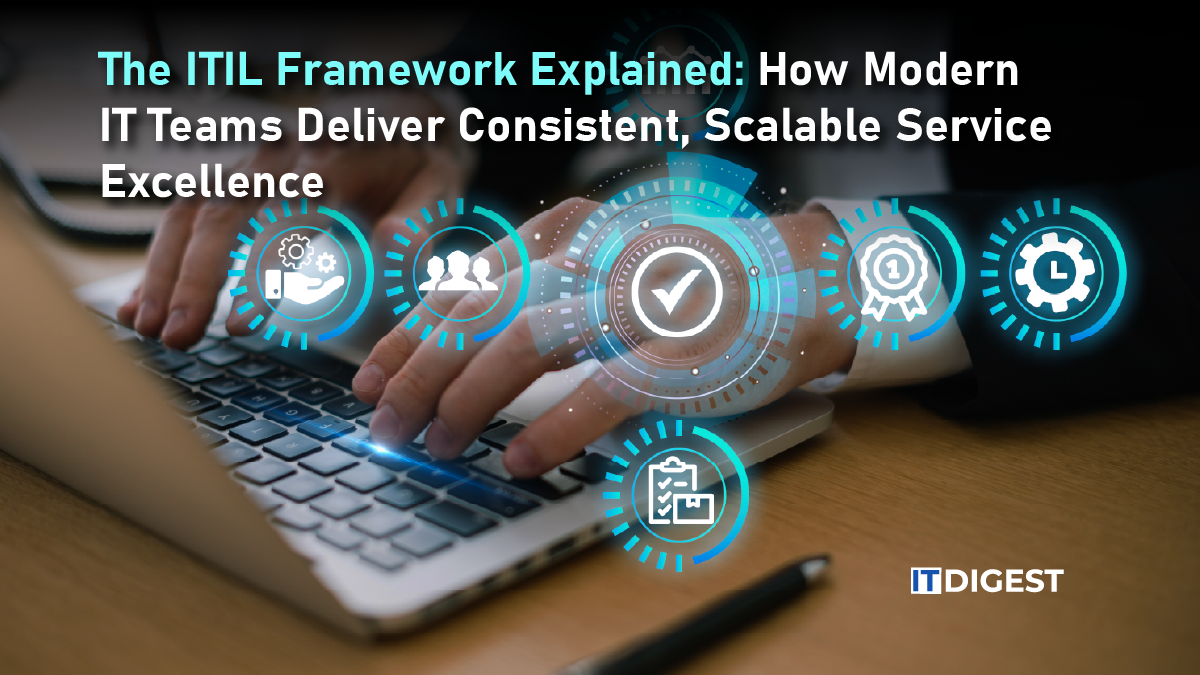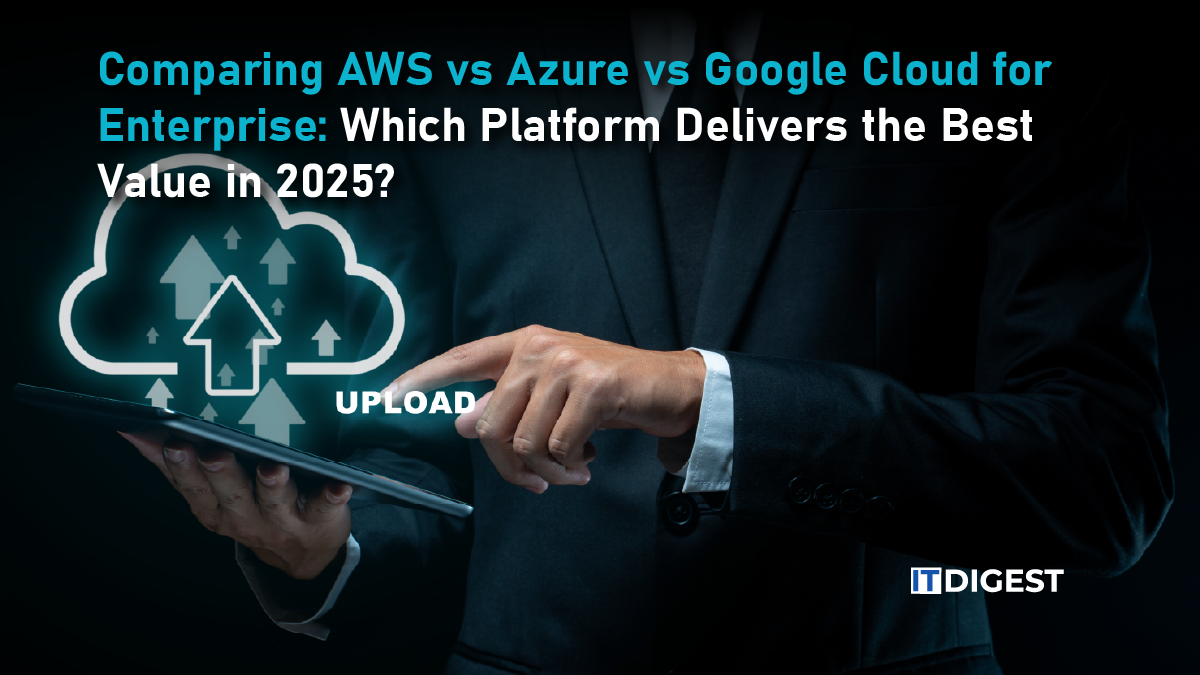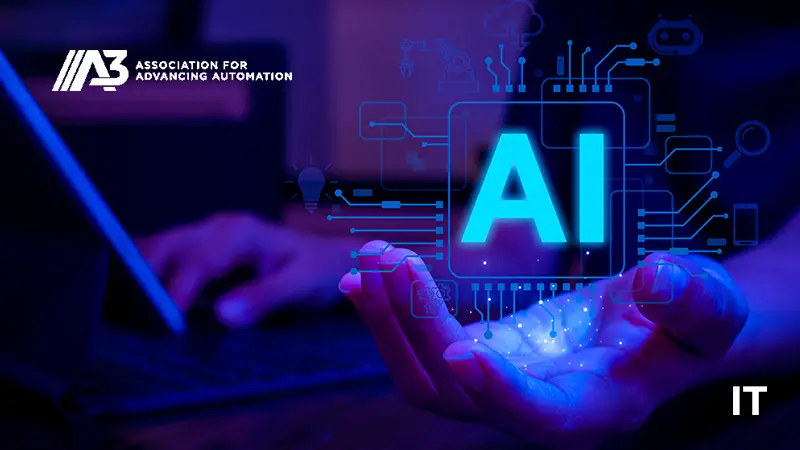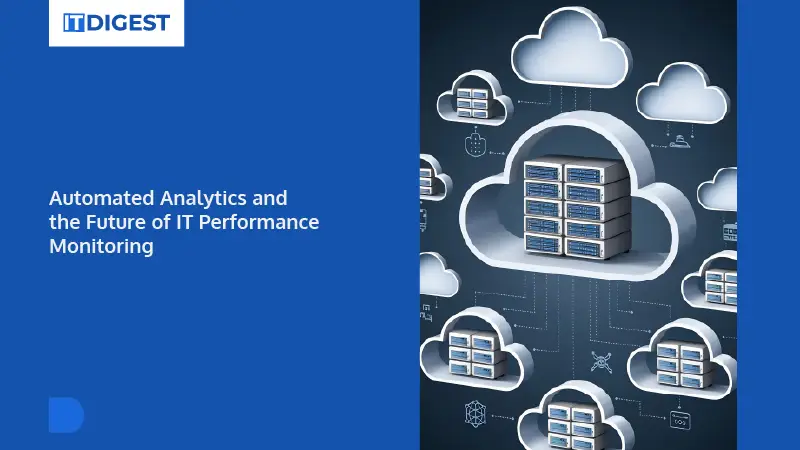Modern IT environments are moving fast. Distributed architectures, hybrid clouds, microservices and dynamic workloads have made performance monitoring more complex and more important than ever. Traditional tools that flag issues after user complaints are no longer enough. Enterprises need systems that can predict issues before they happen.
Automated analytics is emerging as a core capability in next-gen IT performance monitoring. By embedding AI-driven analysis into infrastructure and observability tools, organisations are moving from reactive troubleshooting to proactive optimisation. This reduces mean time to resolve (MTTR) and protects user experience, service uptime and operational efficiency.
The Limitations of Traditional Monitoring Approaches
Legacy monitoring frameworks were built around static thresholds and pre-defined rule sets. While good in controlled environments, they struggle with the variability and scale of today’s systems. Thresholds need to be manually configured and tuned for each environment, which makes them prone to false positives or missed anomalies.
In addition, these systems only alert after performance metrics breach the set limits. By the time the alerts are triggered, user experience is already impacted. Root cause analysis often requires manual correlation across multiple logs, metrics and traces, which adds to the delay and operational overhead.
As environments scale and become more ephemeral, this reactive model is no longer sustainable. What’s needed is a shift from threshold based alerts to pattern based anomaly detection driven by analytics and machine learning.
In June 24, 2025, New Relic unveiled its AI Monitoring (AIM) offering, designed specifically for generative AI workloads. AIM introduces native observability for Model Context Protocol (MCP) servers, enabling full-stack insights into AI inference and agentic behavior. By correlating logs, metrics, and traces from AI models to application performance, it delivers plain-language explanations and automated actions integrated into platforms like GitHub Copilot and ServiceNow.
Automated Analytics as a Proactive Layer
Automated analytics puts intelligence in the middle of the IT monitoring stack. These systems learn normal behaviour patterns over time, across application workloads, network flows, user sessions and infrastructure performance.
When behavior strays from expected baselines, the system flags anomalies in real time. It does this before performance drops below critical levels. You can find small problems like memory leaks, slow networks, or latency spikes before they impact users. More importantly, it cuts down on static rules. This enables a quick response to changes in the system, deployment cycles, or user demand.
By putting analytics into observability platforms, you can create a self-correcting feedback loop. Performance insights are fed into config tools, auto scaling policies or incident response workflows, reducing downtime and operational friction.
Also Read: What Data Analytics Automation Means for Your Business Growth
Visibility Across the Full Stack
Next gen monitoring requires visibility across infrastructure, applications and digital experience layers. Automated analytics is great at high volume telemetry like system logs, API traces, real-time metrics and event data.
A slow response time for a microservice might connect to a memory spike on its server or a change in how the database queries behave. Automated systems show this insight in real time. This speeds up finding the root cause and fixing issues.
Cloud-native platforms gain the most from this method. This is especially true for those using containers and serverless components. Their short lifespan and complex connections make it hard for humans to see new patterns. AI-enabled analytics can find problems that manual dashboard checks might miss.
In May 2025, Virtana launched AI Factory Observability (AIFO), a next gen platform for modern, distributed IT environments. AIFO integrates telemetry across GPUs, CPUs, memory, storage and networking to provide full stack performance visibility.
The platform applies AI driven predictive analytics, root cause correlation and anomaly detection to proactively identify and resolve performance issues. It also includes a natural language interface to investigate anomalies with conversational queries.
Reducing Alert Fatigue and Improving Signal Quality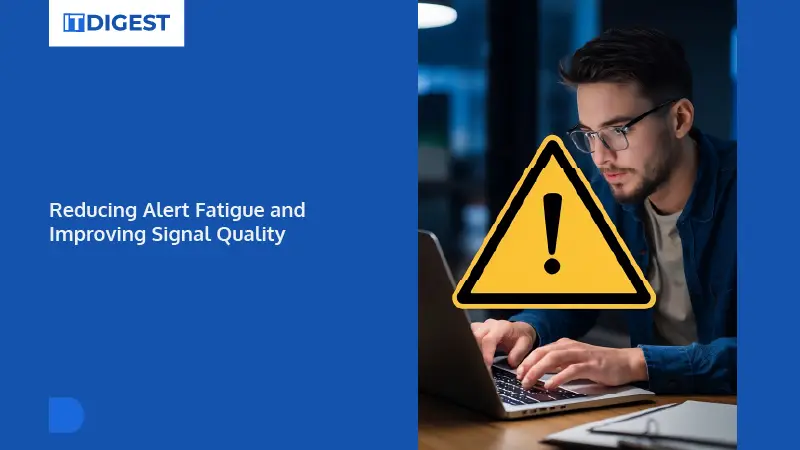
One of the biggest challenges in monitoring is alert fatigue. Operations teams get hundreds of alerts a day, many of which are redundant, low priority or irrelevant. This leads to slower response times and missed critical issues.
Automated analytics filters out noise by evaluating the context and severity of anomalies. Instead of flooding teams with every deviation, the system groups related events, ranks them by impact and provides a narrative of what’s happening.
This reduces cognitive load and lets teams focus on the most important issues. Over time systems learn from analyst feedback and improve signal quality, creating a virtuous cycle of operational intelligence.
Operationalizing Automated Analytics Across the Enterprise
Automating analytics requires more than technology, it means rethinking monitoring as a continuous intelligence function. Leading companies are embedding analytics into their observability platforms to consolidate telemetry from infrastructure, application and end-user layers. These platforms are the foundation for real-time insight generation and cross-system correlation.
Enterprises are also integrating analytics directly into CI/CD pipelines and DevOps workflows. During deployment, anomaly detection algorithms can validate system behavior, flag configuration drift or anticipate regressions. This feedback enables teams to address potential issues before they hit production or impact customers.
Beyond engineering, analytics insights are being surfaced to business operations teams. Performance deviations in a key transaction flow or spike in latency on a revenue-critical API are now reported not just as technical anomalies but as business risks. This alignment enables faster prioritization and more informed escalation paths across departments.
Innovation Without Compromise
In fast moving IT environments, speed and stability are at odds. Development teams must deliver new features. Meanwhile, infrastructure teams must ensure services stay up. Automated analytics helps meet these goals. It gives early warnings about risks. This way, teams can respond quickly and avoid downtime.
When system behaviour is continuously monitored in real time, organizations can innovate faster. New services, config changes or platform migrations can be monitored intelligently, with analytics detecting unintended consequences before they cascade into bigger disruptions.
This reduces rollbacks, minimizes firefighting and shortens the feedback loop between deploy and optimize. The result is an IT environment that’s not only more reliable but more responsive to business demands.
From Monitoring to Intelligence
Monitoring used to be about identifying known issues with static rules. Automated analytics is about system intelligence where platforms detect unknown patterns, learn from historical context and adapt to changing environments.
This changes IT monitoring from a reactive function to a strategic capability. It lets technology leader’s move beyond hindsight and into foresight. When done right automated analytics becomes a source of resilience, user happiness and competitive advantage.
Organizations use these insights for capacity planning, SLA enforcement, and service-level budgeting. IT helps drive enterprise growth by linking infrastructure behaviour to user experience and business performance.
From Observability to Business Value Alignment
Automated analytics is expanding beyond system health. It now helps connect technology to business outcomes. Platforms can track how slow systems affect revenue, customer churn, and SLA compliance.
CISOs, CIOs, and product owners are using these insights to make important decisions:
- Business-critical metrics: Transaction latency and checkout failures link directly to revenue.
- Experience analytics: Front-end performance connects to back-end systems, showing how changes impact customer behaviour.
- Cost-to-performance ratios: Calculated in real-time, allowing optimization of cloud spending without harming service.
- Board-level reporting: Automated narratives translate system issues into business risks or opportunities.
This shifts IT monitoring from a technical role to a business role.
Conclusion
As digital infrastructure becomes more complex and users expect more, IT teams can’t just react. Automated analytics helps team’s spot issues early and act fast. This keeps technology performance in line with business goals.
Smart analytics in performance monitoring tools helps us see everything, not just the problems. It eases operations, accelerates innovation, and enhances resilience in a cloud-first, data-driven world.




